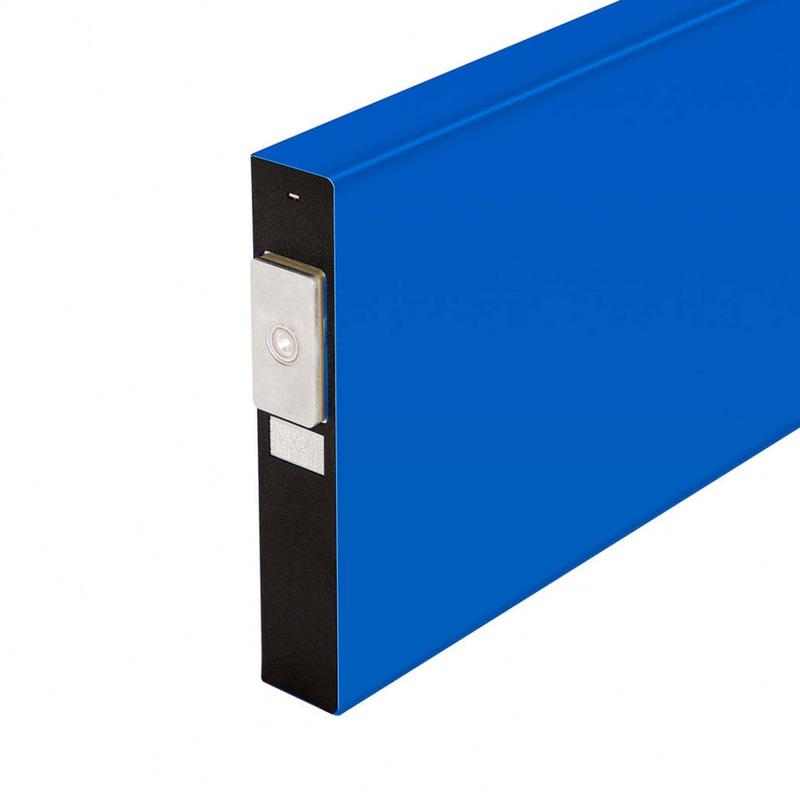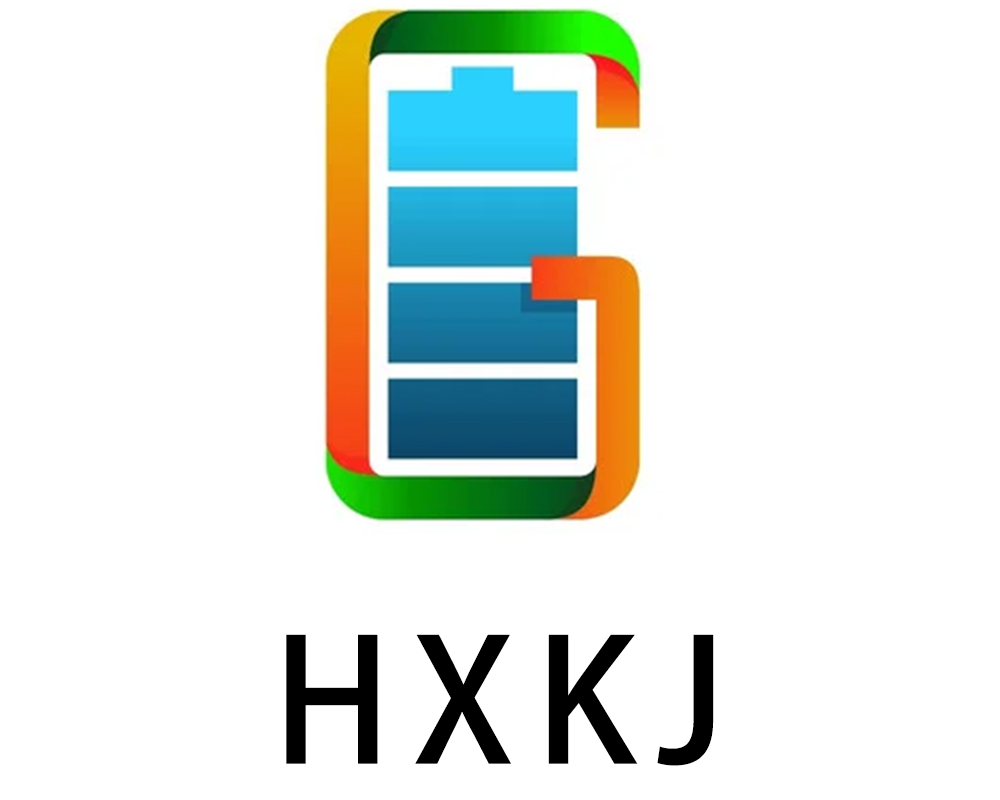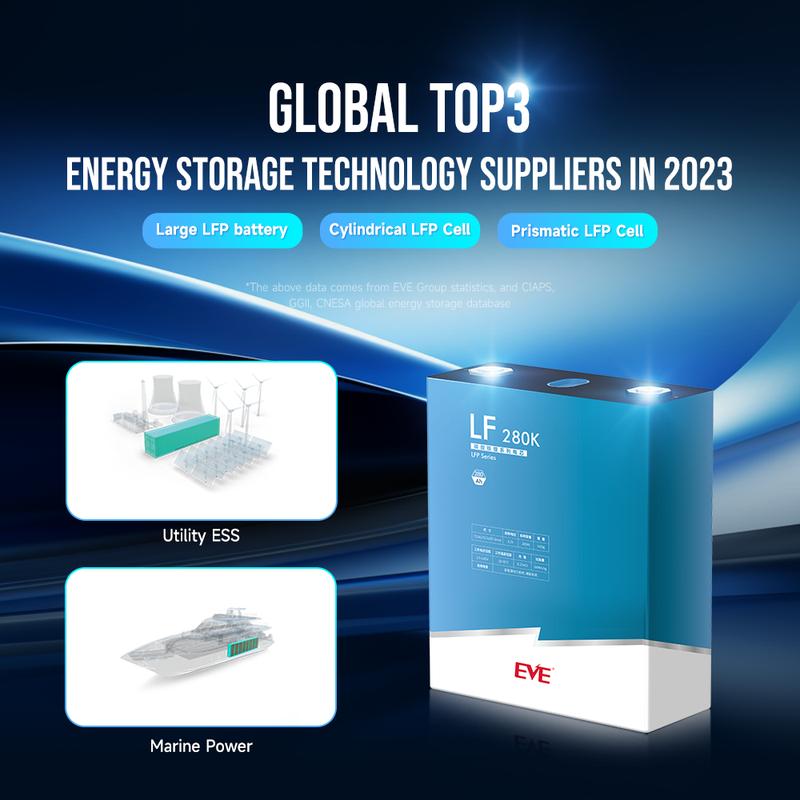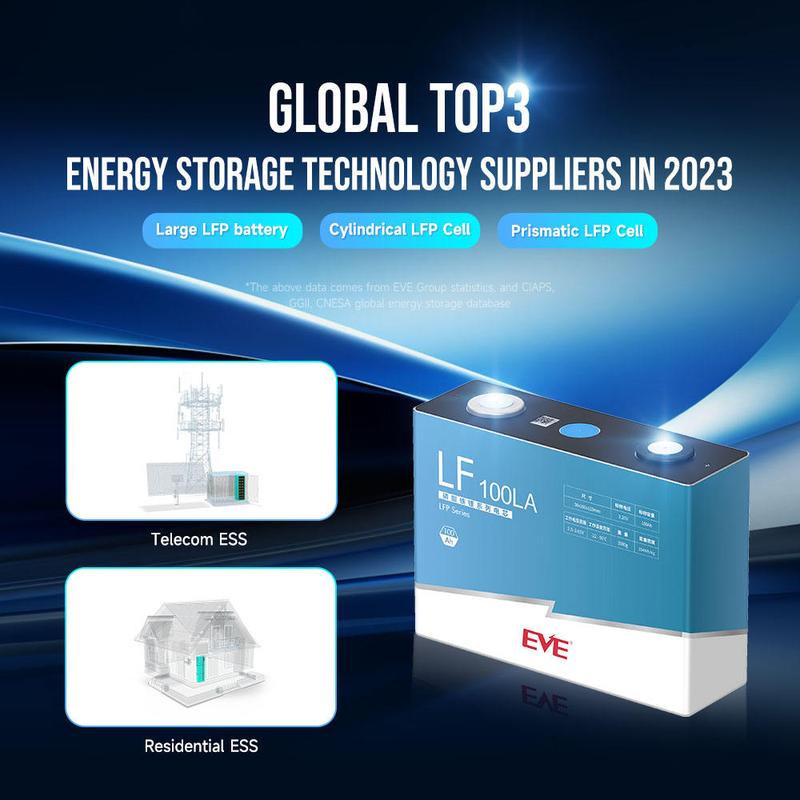-
Guoli Building, Zhonghang Road

6 Key Things You Must Know About Lithium Iron Phosphate Batteries
I. What Exactly Is a Lithium Iron Phosphate Battery? Decoding Its “Identity Card”

1. The Secret in Its Name
When chatting about electric cars or power banks, you’ve likely heard “lithium iron phosphate battery,” or its snappier alias: LFP battery (short for Lithium Iron Phosphate). Its defining feature? The cathode material—lithium iron phosphate (LiFePO₄)—which acts like its “ID card.” Unlike other lithium batteries that rely on pricey metals like cobalt or nickel, LFP batteries use abundant, affordable materials: iron, phosphorus, and lithium. This not only slashes costs but also makes it eco-friendly, as it avoids rare earth metals and heavy pollutants.
2. How It Works: Lithium Ions’ “Moving Day”
Imagine the battery as a tiny city where lithium ions (Li⁺) are the residents constantly moving between two neighborhoods: the cathode (LiFePO₄) and the anode (graphite). During charging, lithium ions “move out” from the cathode, travel through the electrolyte “highway,” and settle into the anode’s “apartments.” Electrons (e⁻) take a different route—flowing through the external circuit to power your devices. During discharge, the ions reverse their journey, returning to the cathode while electrons generate electricity. This cycle can repeat thousands of times, far outlasting many other battery types.
II. Why Car Makers Love It: Three Unbeatable Advantages
Now that we’ve covered the basics, you might wonder: why are more and more car manufacturers choosing LFP batteries? The answer lies in three key advantages that make it a favorite among both automakers and consumers alike.
1. Safety Superstar: Staying Cool Under Pressure
Safety is non – negotiable, especially when it comes to electric vehicles. LFP batteries stand out as the “cool – headed” choice in the battery world. While some batteries (like nickel – cobalt – based ones) start breaking down at 200°C, LFP batteries remain stable until 600°C, a crucial edge in preventing thermal runaway (the dangerous chain reaction leading to fires). Tests like needle penetration show LFP batteries rarely catch fire, even under abuse. For EV owners, this means no more anxiety about charging in hot weather or worrying about collisions triggering explosions.
2. Longevity King: Outlasting Your Car
Battery lifespan is another major concern. No one wants to replace their car’s battery after just a few years. Here, LFP batteries shine, often lasting over 3,000 charge – discharge cycles. Most batteries wear out after 500–2,000 cycles, but LFP batteries shrug off 3,000 cycles with ease. Let’s put that in perspective: charging daily, it lasts over 8 years—longer than the average car ownership period. This durability is a game – changer for commercial vehicles (buses, delivery trucks) that need frequent charging, and for energy storage systems that require decade – long reliability.
3. Wallet – Friendly: Saving Where It Counts
Finally, there’s the cost factor. LFP batteries are a budget – conscious consumer’s dream. Thanks to its cheap raw materials, LFP battery production costs are 30% – 40% lower than nickel – cobalt alternatives. For consumers, this translates to EVs that are thousands of dollars cheaper. Plus, its metal – free composition makes recycling easier and greener, closing the loop on both cost and sustainability.
III. Its Weaknesses: Two Flaws to Note
Despite its many advantages, the LFP battery isn’t perfect. Here are two drawbacks to be aware of before making a purchase decision.
1. Cold Sensitivity: Winter Range “Shrinkage”
LFP batteries struggle in low temperatures, losing 20 – 30% of their capacity below 0°C (compared to 15% for some competitors). In freezing climates, a 400km – range EV might drop to 300km. While heated battery packs help, they add weight and cost. Recent advancements in electrolyte formulas are improving this, but it’s still a consideration for northern drivers.
2. Moderate Energy Density: Need More “Fuel” for Long Trips
With an energy density of 120 – 180Wh/kg (vs. 200–300Wh/kg for premium batteries), LFP needs bulkier packs to match long – range demands. This makes it ideal for compact cars and commercial vehicles but less suited for luxury EVs chasing 600km+ ranges—at least, without clever engineering.

IV. Where It’s Used: Quietly Powering Your World
1. Electric Vehicles: From Budget Cars to Luxury Rides
LFP batteries have found their way into a wide range of electric vehicles, from budget – friendly models to high – end luxury cars.
In the budget segment, the Wuling Hongguang MINI is a prime example. This popular “affordable runabout” has won the hearts of consumers with its compact size, practicality, and, most importantly, its low price tag. Thanks to LFP batteries, the cost of the vehicle is kept down, making it accessible to the masses. Another model is the BYD Qin, which also benefits from LFP technology. With high cost – performance ratios, these vehicles prove that LFP batteries can provide reliable and cost – effective power for daily commuting.
In the luxury car market, the game has changed too. Tesla Model 3/Y and NIO ET5, once relying solely on high – end battery solutions, have now incorporated upgraded LFP batteries. For Tesla, known for its cost – effective strategies and safety – first approach, the switch to LFP in the Model 3 not only reduces the price but also enhances safety, attracting a wider customer base. NIO ET5, on the other hand, has optimized its performance and range, ensuring that LFP – powered models can still meet the high – end market’s demands.
When it comes to commercial vehicles, LFP batteries are the clear choice. Buses and delivery trucks, such as those used by logistics giants like SF Express and JD.com, require batteries that can withstand frequent use and long – term operation. LFP batteries, with their long lifespan and high safety levels, are the perfect fit. For example, BYD’s electric buses are in operation in cities worldwide, contributing to urban environmental protection by reducing emissions.
2. Energy Storage: The Giant “Power Bank”
In the energy storage field, LFP batteries are like giant “power banks,” playing a crucial role in storing renewable energy.
Renewable energy sources like wind and solar power are intermittent. LFP batteries step in to store the excess electricity generated during peak production times (such as sunny days for solar or windy periods for wind turbines) and release it when needed, such as at night or during calm weather. In grid – scale energy storage, LFP – based systems balance the power grid by absorbing surplus energy during low – demand periods and supplying it during peak hours. For instance, large – scale wind and solar farms often deploy LFP battery energy storage systems. In California, USA, some energy storage projects have made extensive use of LFP batteries to address the instability of renewable energy and improve grid reliability.
LFP batteries are also making inroads into home energy storage. With a “solar + storage” setup, households can generate electricity during the day using solar panels, store the excess in LFP batteries, and then use it at night. This not only helps cut down on electricity bills but also provides backup power during outages. In Europe, many homes have already adopted such systems, with LFP batteries serving as the reliable “energy butlers” behind the scenes.
3. Everyday Heroes: Small But Mighty
Beyond electric vehicles and large – scale energy storage, LFP batteries are powering many of our everyday devices.
Electric bicycles, which were once mainly equipped with heavy and short – lived lead – acid batteries, are now increasingly turning to LFP batteries. LFP batteries are smaller, lighter, and offer a longer lifespan, allowing e – bikes to travel further on a single charge and reducing the frequency of battery replacements. Similarly, self – balancing scooters, popular among young people for short – distance travel, rely on LFP batteries to stay “energized” throughout the day.
Even in 5G base stations, LFP batteries are being used as backup power sources. Base stations are the backbone of our communication networks and must operate 24/7. In case of a power outage, LFP batteries can quickly take over, ensuring continuous communication services. Their long lifespan, high safety, and stable performance make them an ideal choice for this critical application.
V. Tech Breakthroughs: LFP 2.0 Is Here
Thanks to continuous R&D, LFP batteries are overcoming their old drawbacks. New structures and faster charging are making them more competitive than ever.
1. Structural Innovations: Maximizing Space
Companies like BYD (with “Blade Battery”) and CATL (CTP technology) have revolutionized packing. By ditching traditional modules and arranging cells like blades, they’ve boosted space utilization from 50% to over 80%, pushing energy density beyond 200Wh/kg—enough for 500km+ range in compact EVs.
2. Superfast Charging: 10 Minutes for 400km
Thanks to tech like CATL’s “ShenXing SuperCharge,” LFP now supports 4C fast charging (80% in 15 minutes). Nano – coating the cathode and optimizing ion channels lets it rival even premium batteries in speed, solving the last major complaint about slow charging.
VI. Future Trends: What’s Next for LFP?
1. Market Domination
In 2023, LFP accounted for over 60% of domestic battery installations, overtaking nickel – cobalt types for the first time. As lithium prices drop and recycling scales up (95% material recovery), expect it to dominate both EVs and energy storage globally. In the EV market, more models will adopt LFP batteries due to their cost – effectiveness, safety, and long – life characteristics. In the energy storage field, LFP batteries will be the “main force” in energy storage power stations, continuously expanding their market share.
2. Conquering Cold and Luxury
Ongoing R&D aims to hit 250Wh/kg with silicon anodes and high – voltage electrolytes, making it viable for premium cars. For cold climates, new additives in the electrolyte are boosting – 20°C performance, ensuring LFP works from Miami to Moscow. Many companies have achieved remarkable results in improving low – temperature performance. For example, Geely Auto has applied for a patent for a lithium – iron – phosphate cathode material. Through a unique preparation method, a three – dimensional conductive network structure is formed, which greatly expands the migration process of lithium ions and significantly improves low – temperature performance. With the continuous maturity and application of these technologies, car owners in northern regions such as Northeast China will be able to confidently choose electric vehicles equipped with LFP batteries, without having to worry too much about significant range reduction in winter. LFP batteries will successfully “enter” the northern market.
3. The Greenest Choice
From mining (low environmental impact) to disposal (closed – loop recycling), LFP aligns perfectly with global carbon – neutral goals. As regulations favor sustainability, its eco – friendly edge will only grow stronger. During the raw material extraction stage, since it does not require the extraction of scarce and difficult – to – mine metals such as cobalt and nickel, the damage to the environment is relatively small. In the production process, the pollution is also relatively low, which conforms to the concept of green production. When it is retired, its recycling value is extremely high, and the recycling rate of lithium, iron, and other elements exceeds 95%. Through advanced recycling technologies, such as crushing and separation, and full – component recycling, valuable metals in retired batteries can be extracted and reused in battery production. In this way, LFP batteries achieve green environmental protection throughout the entire process from “birth” to “retirement”, forming a perfect environmental protection closed loop, which fully meets the global “carbon neutrality” goal and is a proper “sustainable development champion”.


